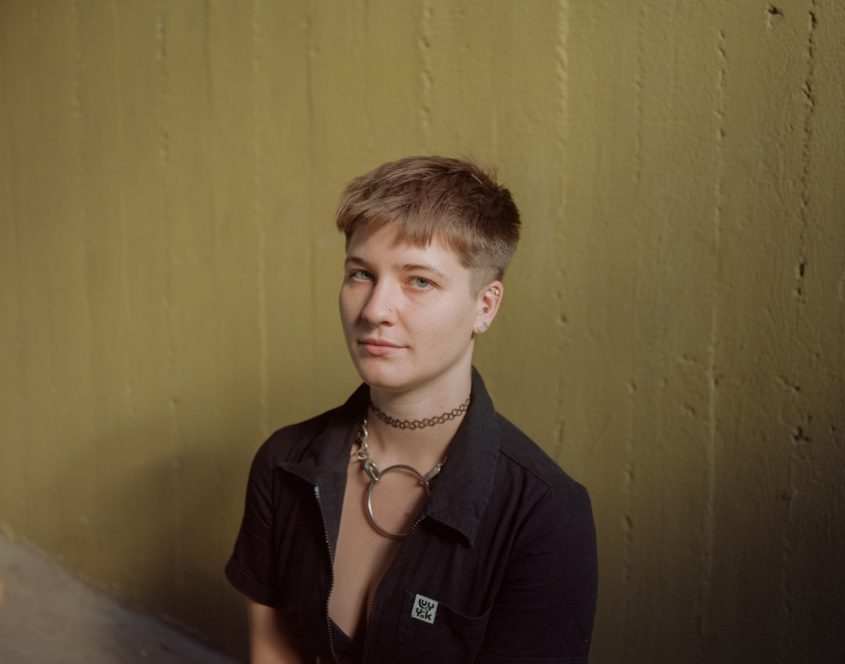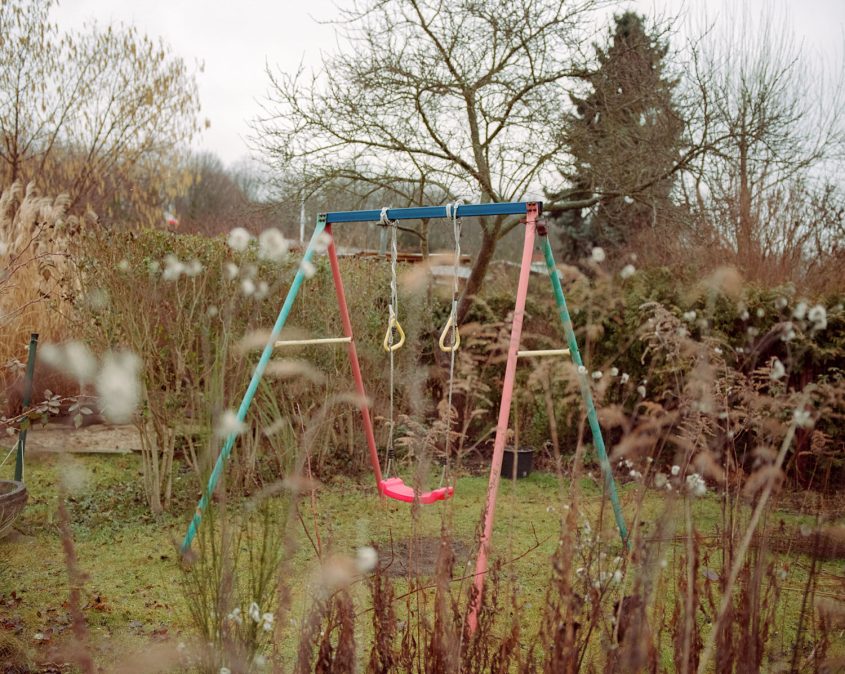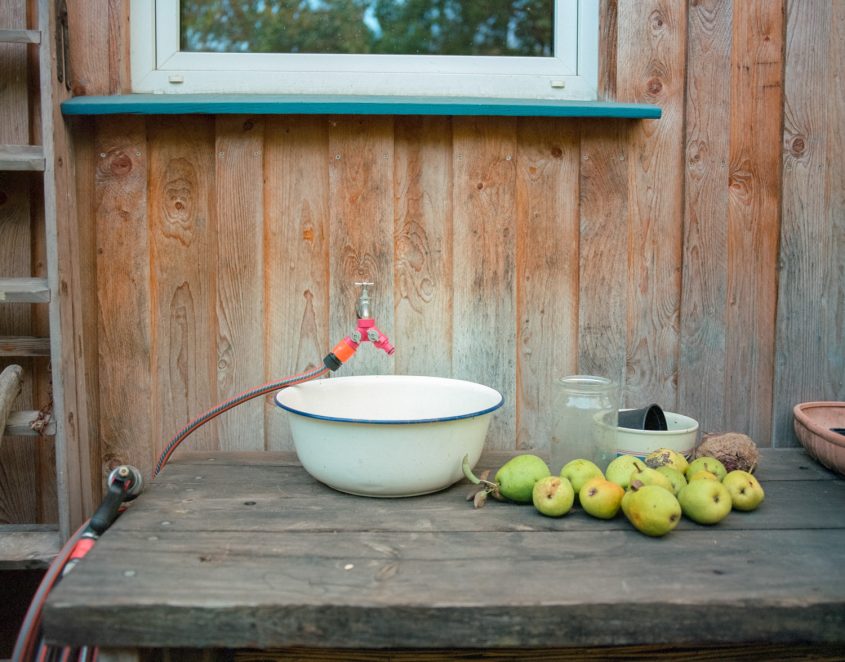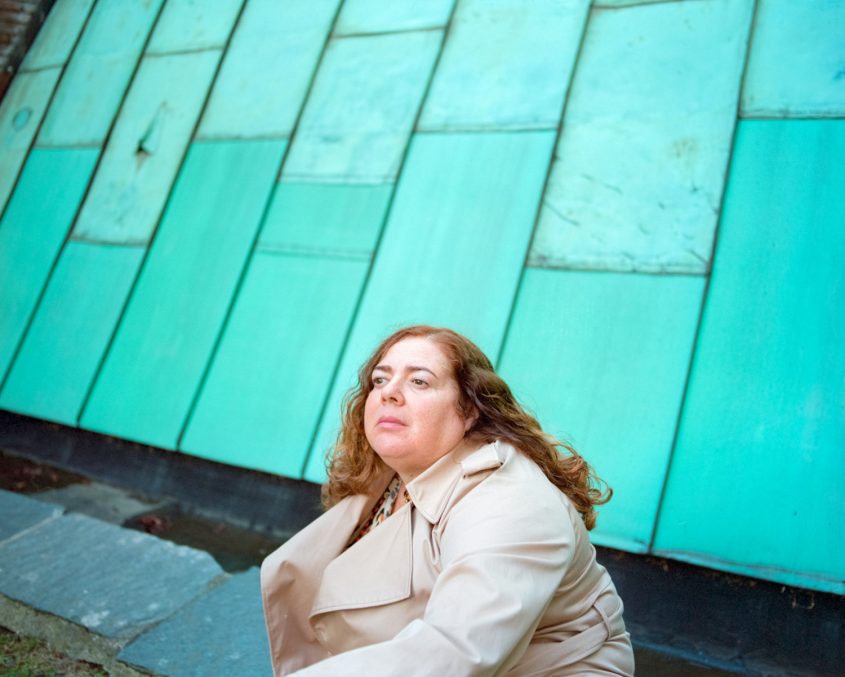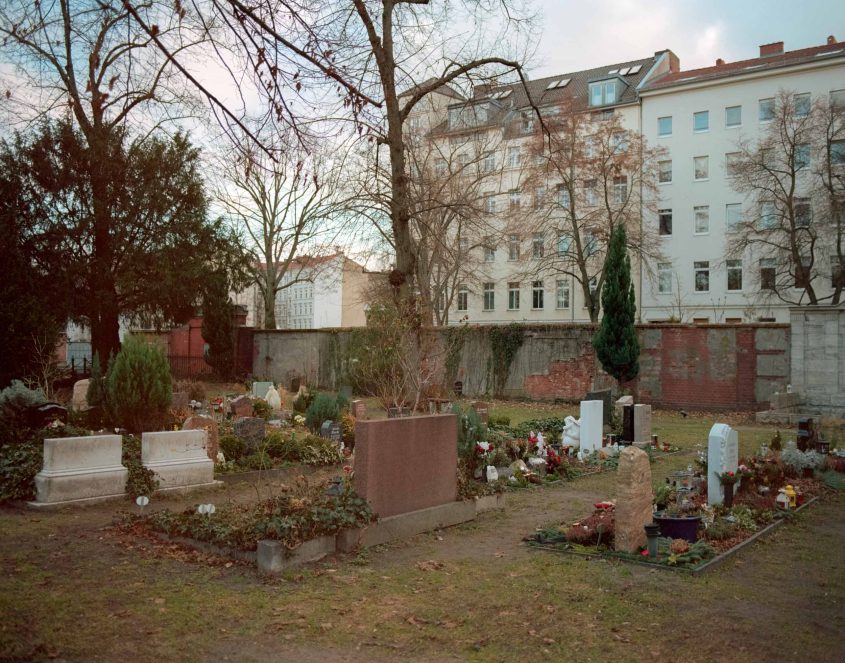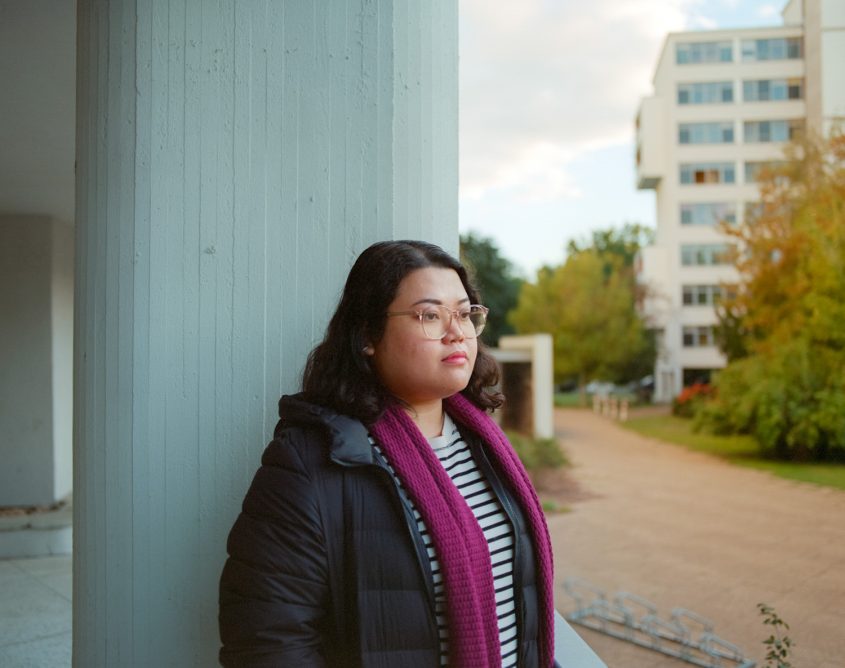You Don’t Need Soil To Grow explores how nomadism and rootedness interact in the modern society.

You Don’t Need Soil To Grow published by The Eriskay Connection
Photobook winner of the Best Dutch Book Design 2024
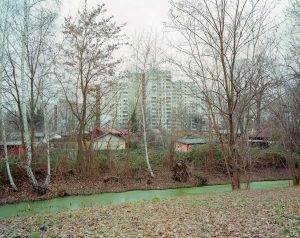

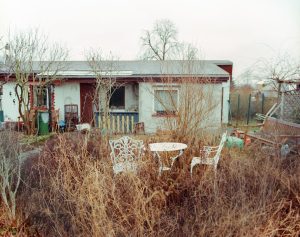
The root of human beings and their relationship with the world around them are usually associated with the way people connect with their surroundings. Already in the past centuries, one’s own identity was perceived in relation to a sense of belonging towards the territories. According to the theory of “liquid modernity” proposed by the sociologist Zygmunt Bauman, contemporary citizens live in perpetual metamorphosis in which interpersonal relationships and identities are subject to incessant changes. With the transition to modernity, phenomena such as urbanization and gentrification have altered urban topography, affecting the texture of communities and changing the ways in which people can interact with their surroundings. You don’t need soil to grow identifies Berlin as a symbolic container where these dynamics find their best expression.
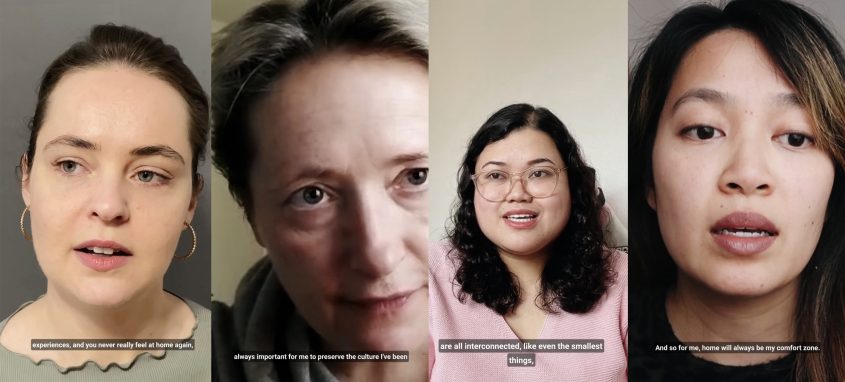


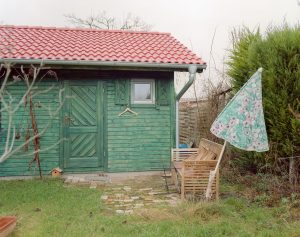
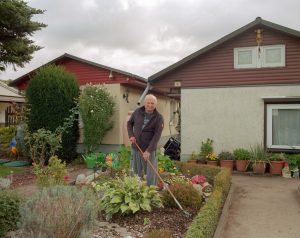



Characterized by the strong presence of “expats” – expatriates from different parts of the world – Berlin is the perfect example where transitional communities arise within a pre-existing context. Such communities are defined by Bauman as “flâneurs of liquid modernity”, where individuals who continuously wander give form and substance to the multiplicity of human experiences. Portraits of expatriate women, of different ages, from various parts of the world (Israel, Poland, Czech Republic, USA, Australia, Brazil, Russia, Philippines, United Kingdom) are captured and photographed in impersonal urban spaces to emphasize the fluidity of the connection with the place they live in.

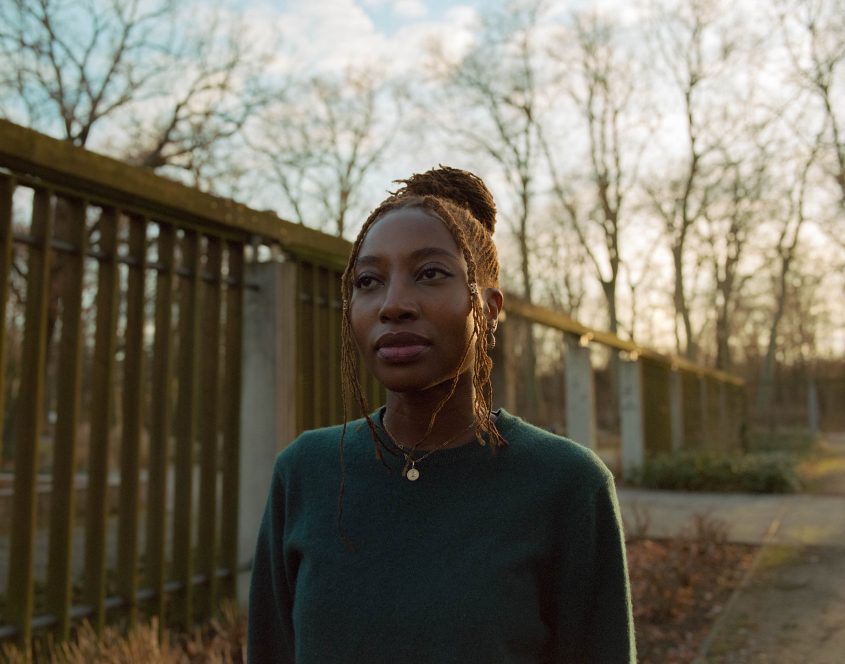
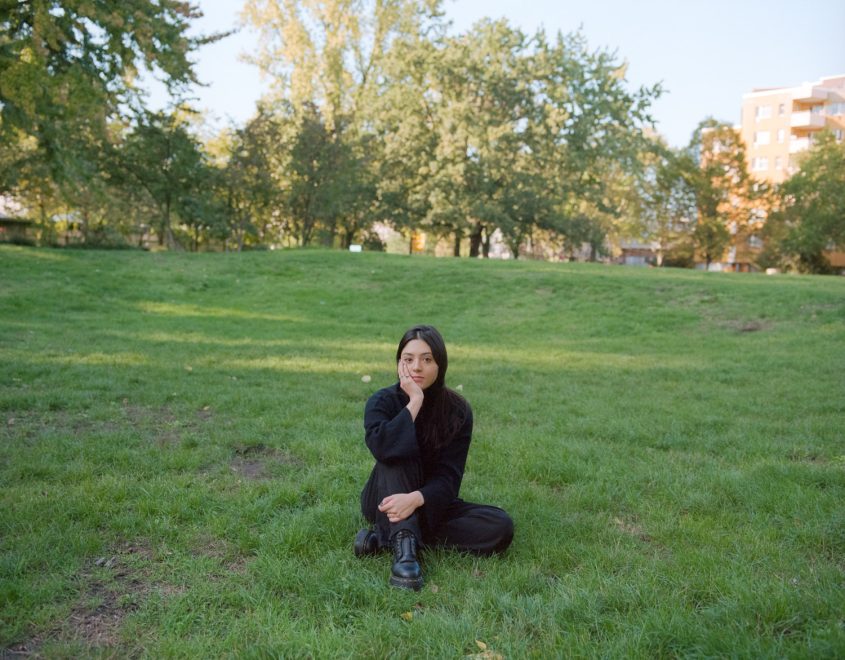

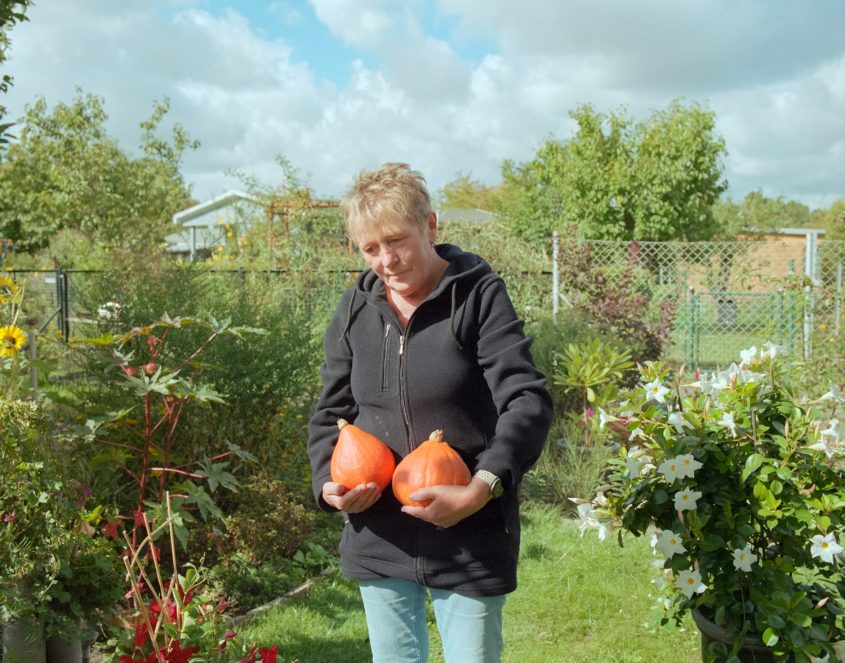
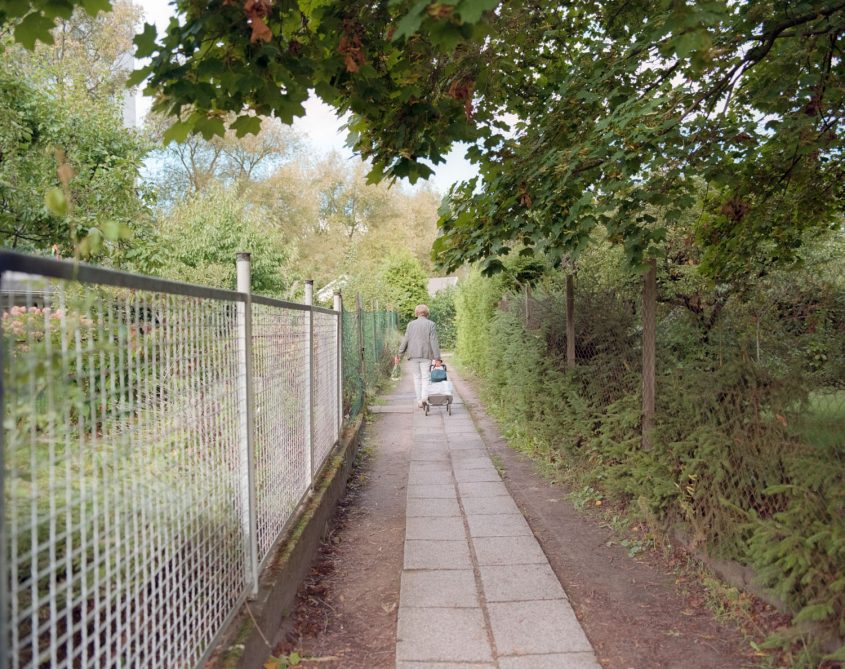
In this scenario, the German “Kleingarten” (small gardens) represent a further example of how individuals seek to regenerate balance and community in an ever-changing city. These communal green spaces represent a refuge within the city that welcomes people within concrete walls. In essence, these spaces become a place where people can re-discover a connection with the earth and a sense of belonging. Widespread in Germany and arose in the first half of the twentieth century, these gardens are urban oases in which people could cultivate their own vegetable garden, interact with their neighbors, reconnect with the earth, and with a more stable and solid temporal dimension. This journey between spaces and figures gives life to a possible narration on the relationship between earth and people.
